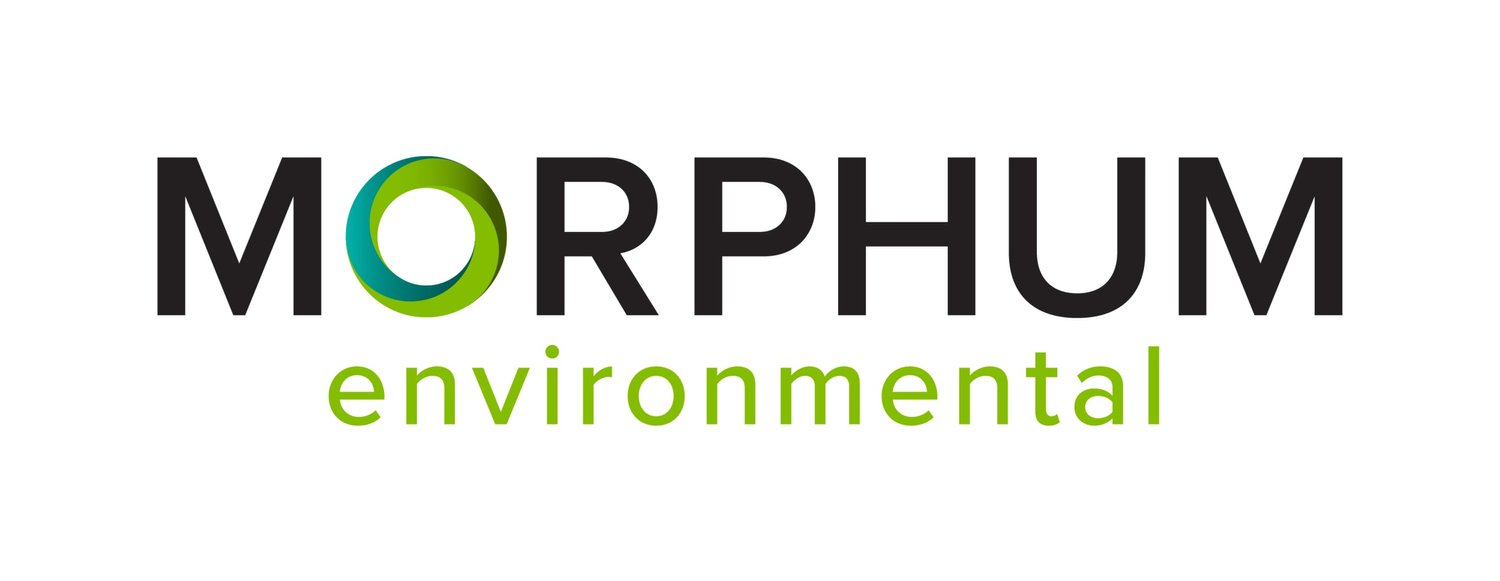Client: Auckland Council
Marine reserves are the national parks of the marine world. They are the protected home of multitudes of marine species and provide vital habitats where they can develop naturally in a restorative ecosystem. When a marine reserve in the north of Auckland became at risk of pollution from upstream sediment deposition, there was a call for action from Auckland Council to protect one of the region’s crown jewels. Morphum Environmental were identified as the best people for the job.
The Challenge
Adjacent to the Awaruku wetland in Torbay on the Hauraki Gulf is the Awaruku stream which discharges directly into Long Bay-Okura Marine Reserve. The stream is subject to ongoing erosion due to hydrological changes in the area and the removal of sediment bed load from the wetland.
The ongoing erosion created two significant challenges for the client, Auckland Council. The primary issue was the instability for vegetation and nearby structures due to the bank’s erosion. The secondary issue was that sediment from this erosion would then run down the Awaruku stream and into Long Bay-Okura Marine Reserve.
The Approach
Morphum were engaged to investigate, design and monitor construction of the Awaruku Stream Remediation project. Morphum designed a soft-engineering solution using sustainable ecological principles including in-stream fish habitat creation and lizard habitat creation near the stream.
Protecting the Mauri of the site as well as working within the projects timeframe and budget were paramount objectives. The Morphum team achieved this through the successful integration of multiple services.
These services included preliminary engineering design, topographical survey, ecological and coastal assessment, sediment control and environmental restoration. The aim of the project was to halt the ongoing erosion while avoiding any temporary or permanent negative environmental impacts.
The project used an innovative combination of geospatial technology including drone footage and Pix4D, to accurately assess the construction progress.
The solution included the installation of four riffle structures in the stream, as well as reducing the level of sections on both left and right banks. The purpose of the riffle structures was to reduce the effective grade of the stream in the areas most at risk of erosion, whilst utilising the rock riffle as a section of bank armouring where velocities increase. The grade control also provides a mixture of flow velocities and depth in the stream to provide a variety of habitats to support fish life.
The lowered sections of floodplain provide flood flow control, as well as adding variety to the habitat available. The levels of the floodplains are set to provide great Inanga spawning throughout a range of potential sea-level rise estimates.
Morphum’s experience in ecology and sustainability ensured that when native lizards and fish were discovered onsite, the designed solution considered the species habitat needs. In addition to riffle structures, stabilised undercuts were formed for fish to use as a refuge. Rock piles were built as a natural retreat for lizards.
The Result
Overall, Morphum’s soft-engineering approach was a success. Thanks to the implementation of native vegetation planting plans and reducing the level of the banks, erosion has decreased. As the stream continues to develop, any effects of future erosion have also been minimised on account of the riffle structures and floodplains employed.
The surrounding environment was restored ensuring native lizards, fish and vegetation are protected, now and in the future. Well done to our team – Caleb Clarke, Oliver Ferrick, Cameron McDonald, Mogie Pillay – for contributing to the overall restoration of the Awaruku stream, and taking a collaborative approach in uniting engineering, science and design.

